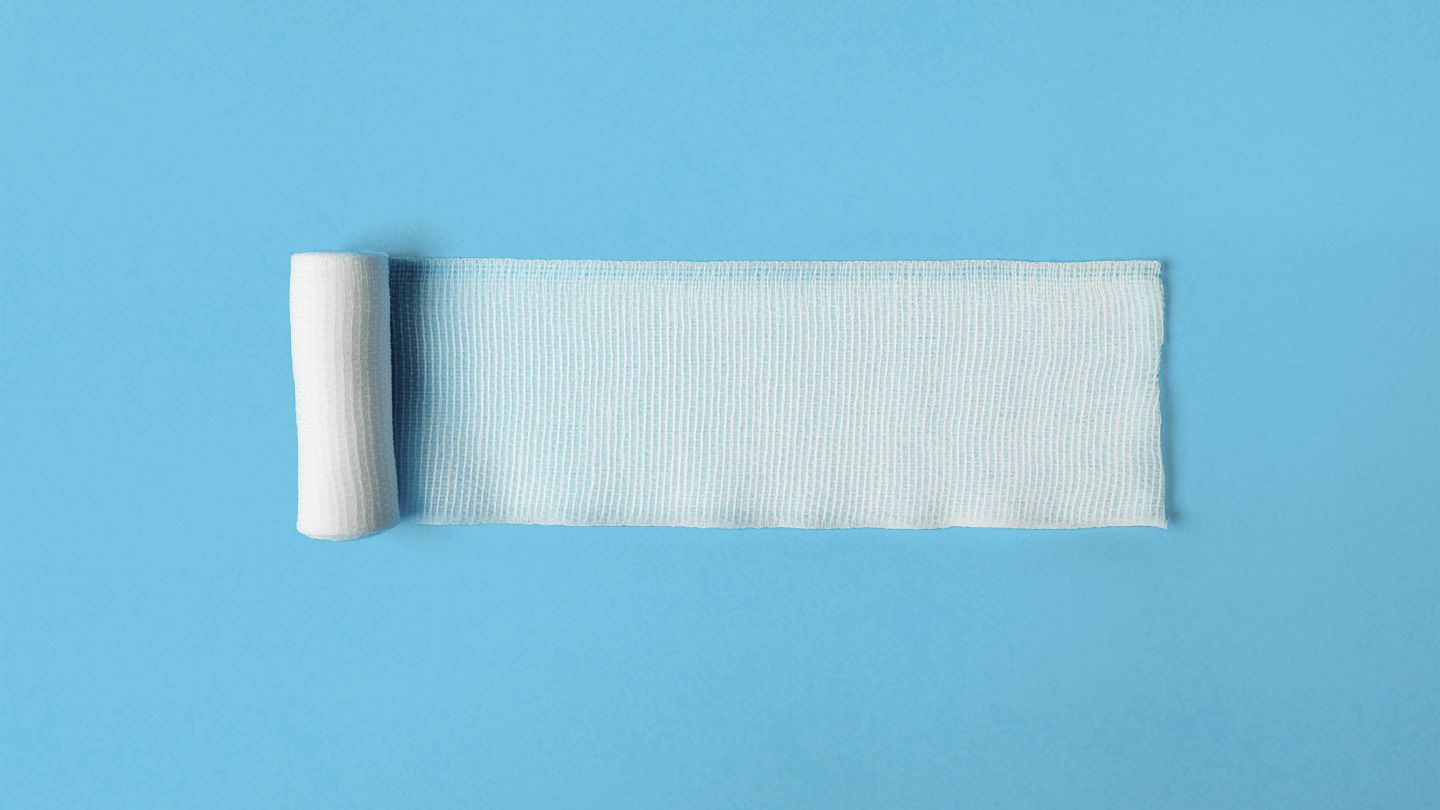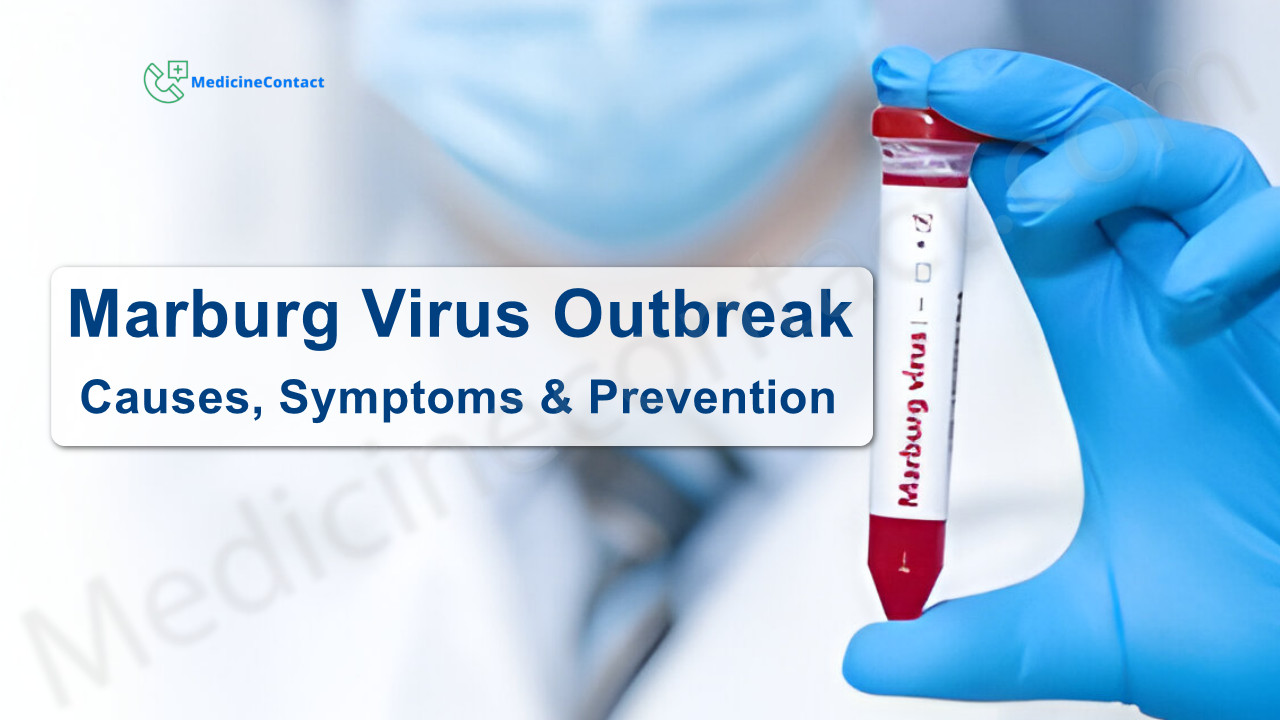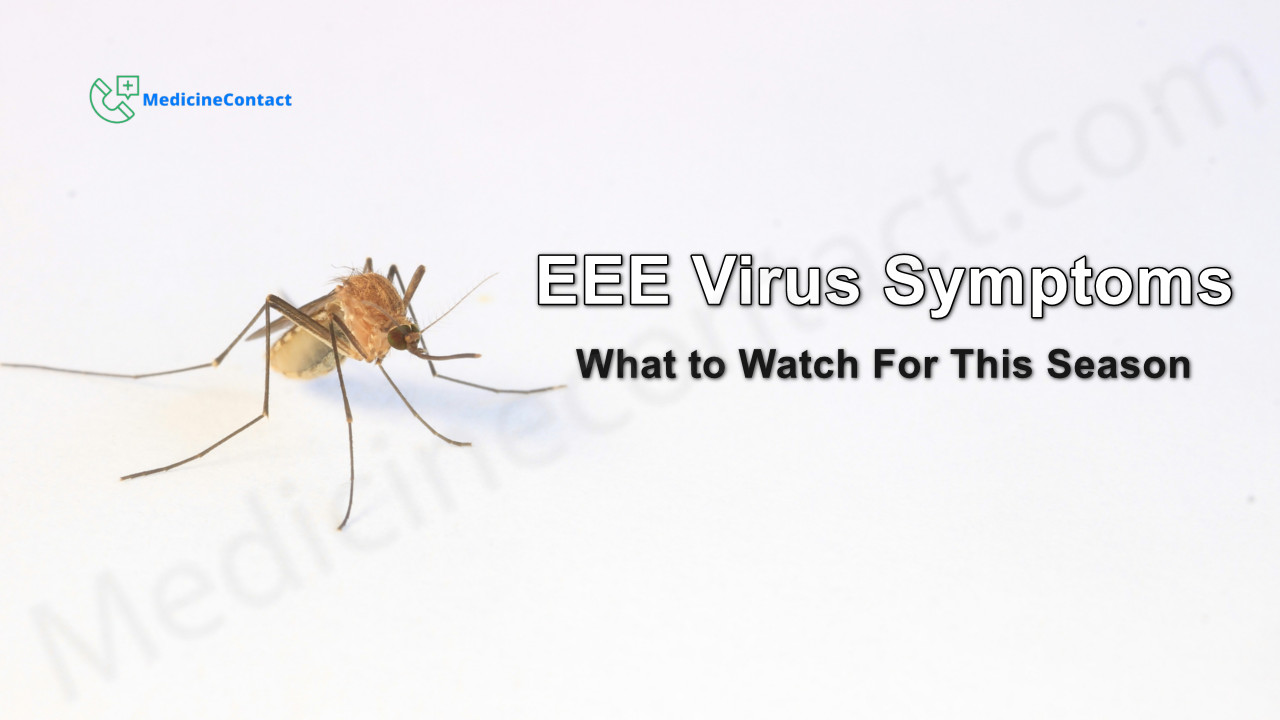
Essential Items for a Gunshot Wound First Aid Kit
Gunshot wounds require immediate emergency medical care. However, in a mass casualty scenario, it may take time for first responders to reach and treat all victims. Having supplies on hand to administer initial care until professional help arrives could save lives.
While a gunshot wound should always be handled by paramedics and trauma doctors as soon as possible, administering first aid during those critical first few minutes can dramatically impact survival and recovery. Having the right supplies readily available is crucial.
Purpose of a Gunshot Wound First Aid Kit
A specialized first aid kit for treating gunshot trauma is designed to quickly accomplish three primary goals:
- Stop excessive bleeding
- Protect the wound from infection
- Stabilize any fractured bones
Rapid blood loss is the most immediate life threat from a shooting injury. Infection and organ damage are secondary concerns that worsen over time without proper care.
Key Differences from a Standard First Aid Kit
While standard first aid kits contain useful items like bandages and antiseptic, they lack the supplies needed for severe trauma. Gunshot wound kits should include:
- Hemostatic gauze to stop heavy bleeding
- Chest seals for penetrating chest wounds
- Tourniquets to restrict blood flow from limbs
- Quick-clotting trauma bandages
- Emergency blankets to prevent shock
Essential Supplies to Stop Bleeding from a Gunshot Wound
Uncontrolled bleeding from a gunshot wound can lead to death in just minutes. Having supplies to quickly slow or stop blood loss is the top priority.
Hemostatic Gauze
Hemostatic gauze is a specialized wound dressing that accelerates clotting. It provides both immediate bleeding control and an infection barrier.
Brands like QuikClot Combat Gauze contain a clotting agent like kaolin or cellulose that activates the body's clotting factors. Applying direct pressure to the wound with hemostatic gauze quickly forms an artificial clot.
Tourniquets
Tourniquets are vital to stop blood loss from wounds to the limbs. They restrict all blood flow past the point of application. This is crucial for major arterial bleeding.
Tourniquets often have a windlass system that twists to tighten and cut off circulation. Proper training is required to avoid complications like nerve damage or loss of the limb.
Trauma Dressings
Wound dressings designed specifically for trauma feature special clotting properties. They soak up blood while helping form an instant seal over the wound.
Packing a penetrating wound cavity with a trauma dressing provides internal pressure to compress severed blood vessels and stop internal bleeding.
Quick Clot Granules and Powder
Clotting agents like Quick Clot granules instantly stop bleeding by kickstarting the clotting process. They are poured directly into the wound before applying a bandage.
The mineral-based compounds interact with blood proteins to form a quick clot. They can seal even severe arterial bleeding within minutes when other methods fail.
Other Essential First Aid Supplies for Gunshot Wounds
In addition to hemorrhage control items, a gunshot wound first aid kit should contain other key supplies:
Antiseptic Solution
Irrigating wounds with an antiseptic solution like povidone-iodine helps reduce the risk of infection. However, this takes lower priority than stopping bleeding.
Chest Seals
Chest seals are adhesive dressings designed to treat penetrating torso wounds. They allow air to escape without allowing air intake, which can cause a collapsed lung.
Emergency Blankets
Bright orange emergency blankets, also called space blankets, help stabilize body temperature and prevent shock from blood loss.
Gloves
Wearing protective medical gloves reduces the risk of disease transmission when treating bloody wounds.
CPR Mask
Having a CPR mask on hand provides protection if rescue breathing becomes necessary while waiting for EMTs.
Trauma Shears
Sturdy trauma shears allow quickly cutting away clothing to access wounds and check for exit points.
Pen Light
A pen light allows checking pupil dilation response as an indicator of brain trauma.
Other Recommended Additions
Some other useful items to include in a gunshot first aid kit are:
- Pressure bandages
- Roller gauze
- Adhesive tape
- Antibiotic ointment
- Burn gel
- Eye pads
- Triangular bandages
- Safety pins
- Scissors
- Tweezers
- Instant cold packs
- Pain medication
- Emergency blanket
- Flashlight
How to Use a Gunshot Wound First Aid Kit
Having the right supplies on hand is only the first step. Proper training on how to use those tools is equally critical. Some key principles:
Stop the Bleeding First
Hemorrhage control takes absolute priority over any other treatment. Pack wounds and apply direct pressure to stem major blood loss before attempting to clean, bandage or stabilize.
Call 911 Immediately
Activate emergency medical services as soon as the scene is secured. Treating traumatic injury requires hospital care.
Protect Yourself from Harm
Don your protective gear like gloves before making patient contact. Do not attempt treatment if the scene remains unsafe from violence.
Stabilize Fractures
Fractured bones and debris can sever blood vessels. Stabilize major fractures once bleeding is controlled. Leave bullets or fragments in place.
Monitor Vital Signs
Check pulse, respiration and level of consciousness frequently. Perform CPR if indicated and within the scope of your training.
Prioritize Severe Bleeding
Apply tourniquets first to uncontrollable limb bleeding. Use hemostatic dressings and pressure for torso or junctional wounds.
Reassure the Victim
Offer verbal encouragement and mental support while awaiting professional help. Do not dismiss symptoms or guarantee full recovery.
Conclusion
A well-stocked and properly utilized gunshot wound first aid kit can make the difference between life and death after a shooting. However, it is not a substitute for prompt emergency trauma care and transport to a hospital.
Having the right supplies and training empowers bystanders to provide potentially lifesaving intervention during mass casualty events. But the priorities remain controlling bleeding, carefully stabilizing the victim, and activating EMS as soon as safely possible.
FAQs
What are the 3 main goals when treating a gunshot wound?
The main goals are to stop excessive bleeding, protect against infection, and stabilize any fractured bones.
What essential items stop bleeding from a gunshot wound?
Hemostatic gauze, tourniquets, quick clot granules, and trauma wound dressings are essential to stop bleeding.
What supplies help prevent infection in a gunshot wound?
Antiseptic solution to irrigate the wound along with medical gloves and masks help prevent infection.
How can a first aid kit help stabilize a gunshot victim?
Applying emergency blankets prevents shock. Splinting fractures provides stabilization. Monitoring vital signs allows assessing responses.
Disclaimer: This article is for informational purposes only and does not constitute medical advice. Always consult with a healthcare professional before starting any new treatment regimen.




